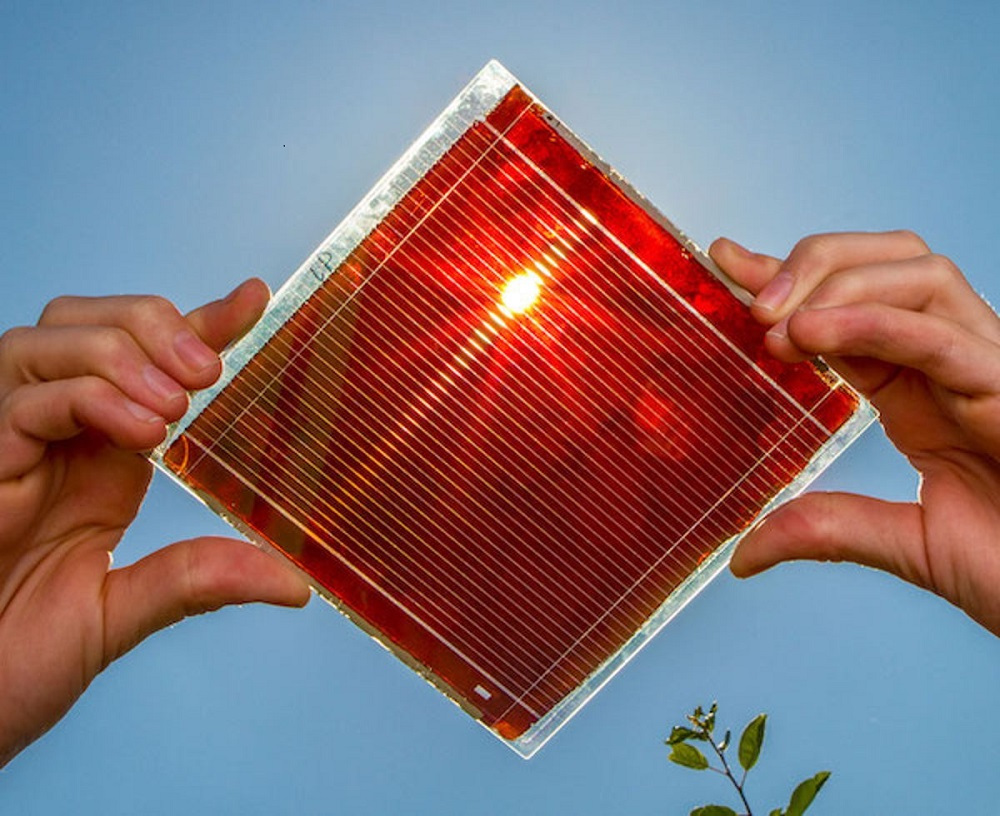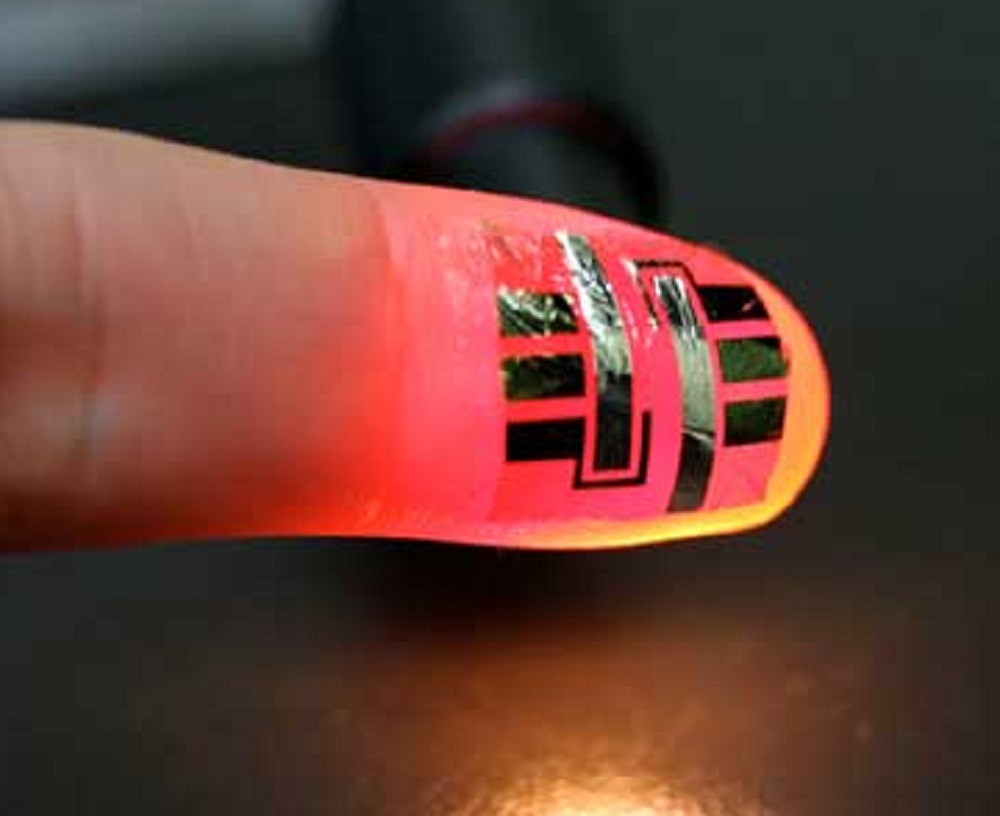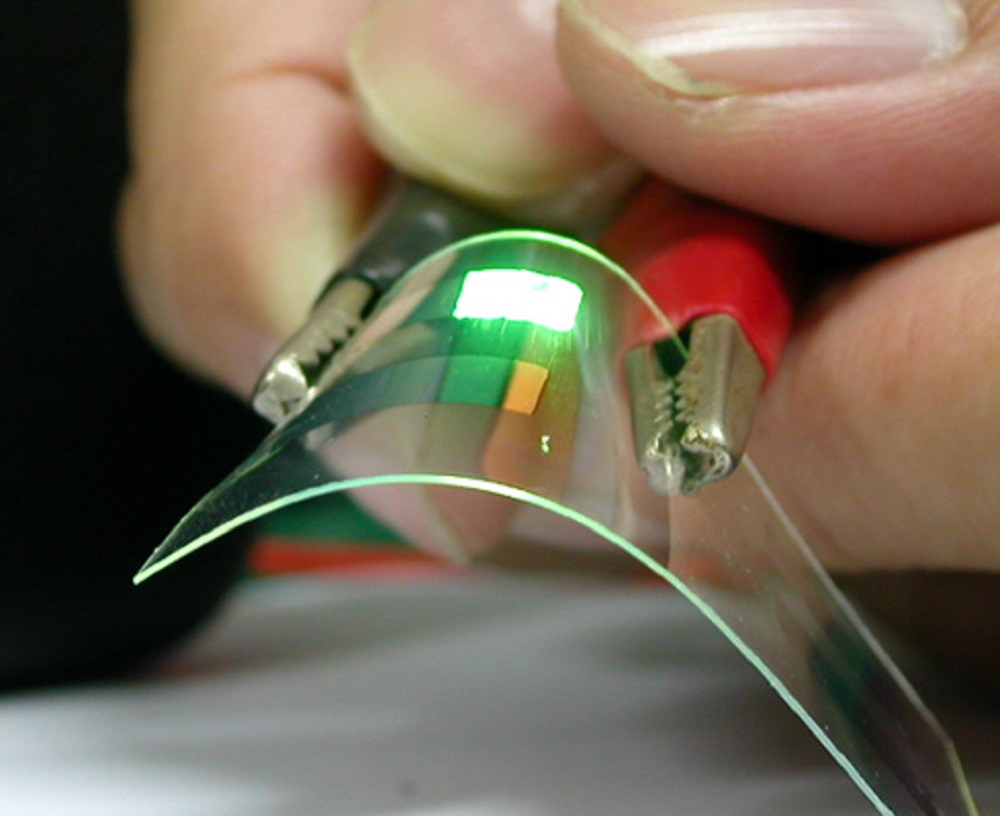research
OUR RESEARCH
Organic Solar Cell
Organic solar cell are potential candidate for solar energy conversion due to its light weight, flexibility, low cost, solution processability, less environmental impact and potential for large area fabrication.
Perovskite Solar Cell
A perovskite solar cell (PSC) is a type of solar cell which includes a perovskite-structured compound, most commonly a hybrid organic-inorganic lead or tin halide-based material as the light-harvesting active layer.
Photodetectors
The peculiarities of organic semiconductors make them attractive for various, innovative and disruptive optoelectronic applications. They can be tuned to absorb light from UV to near-IR using molecular engineering.
Light Emitting Diodes
An organic light-emitting diode (OLED), is a light emitting diode in which the emissive flourescent layer is a film of organic compound that emits light in response to an applied electric current.
Two-Dimensional Materials
In materials science, the term two-dimensional materials refers to crystalline solids consisting of a single layer of atoms. These materials are promising candidates especially for photodetection applications.
Field Effect Transistors
Organic field-effect transistors (OFETs) are basic elements for organic electronic circuits and provide information on charge transport properties of π-conjugated oligomers and polymers
PROJECTS
Ongoing projects
1. Integration of 2D materials in organic and organic-inorganic hybrid solar cells: Insights into charge extraction and transport
- Funding Agency (or Internal funding) – STARS IISC
- Duration: 2019 – 2022
- Total project cost – Rs. 49,21,000/-
2. Transparent solar cells: A perspective for bifacial solar cells
- Funding Agency (or Internal funding) – DST-SERB
- Duration: 2022 – 2025
- Total project cost – Rs. 78,51,000/-
3. Collaborative Research for Accelerated Development of Materials & devices for Energy harvesting and conservation Technologies
- Funding Agency (or Internal funding) – DST IC-MAP
- Duration: 2022 – 2025
- Total project cost – Rs. 69,59,000/-
Completed projects
1. Approches to improve Approaches to improve open circuit voltage and fill factor – enhancing the power conversion efficiency in organic and organic-inorganic hybrid systems
- Funding Agency (or Internal funding) – DST SERI
- Duration: 17.05.2017- 30.08.2020
- Total project cost – Rs. 88,34,760/-
- Executive summary: The proposed project focused on understanding the photophysics and electrical properties of conjugated polymers and organic materials that include small molecules and polymers which are solution processed to improve the photovoltaic performance based on such systems. This involves, material development, engineering and device fabrication techniques, fundamental and device physics aspects of a solution processed semiconducting material and modeling the system. The uniqueness of the project is in improving the open circuit voltage (Voc) and fill factor (FF) by understanding the transport properties of the devices. Effect of charge transport on Voc and FF and there by modifying the structures to obtain power conversion efficiency of >10% in organic solar cells and >15% in perovskite based solar cell is under investigation. Application of different device structures, modification of interfacial layers, tandem structure, plasmonic structure and bulk heterojunction concepts in perovskite and devices of large area 1cm × 1cm is proposed.
2.Incorporation of plasmonic structures to improve organic photovoltaics
- Funding Agency (or Internal funding) – DST SERI
- Duration: 01.04.2012 – 31.03.2015
- Total project cost – Rs. 1,83,73,600/-
- Executive summary: In this project, plasmonic solar cell by incorporating Au nanoparticles in the P3HT: PCBM active layer was fabricated using ZnO as electron transport layer and obtained an efficiency of 5.36 %. An overall highest efficiency obtained was 10.9% with PTB7: PCBM as active material, for which the device fabrication was carried in the ambient atmosphere. Squaraine based inverted solar cell was fabricated with an efficiency of 4.12 %. Perovskite based solar cell showed an efficiency of 5.67 %.
Research Area
- Organic bulk heterojunction devices
- Organic multilayered devices
- Organic-inorganic hybrid devices
- Application of 2D materials for photovoltaic application
Our Core Values
- Electroluminescence properties of Organic and organic-inorganic hybrid structures.
- Optical and electrical properties of field effect transistors.
- Optical and electrical properties of nanocomposites, conducting polymers.
- Effect of plasmonic structures on the photovoltaic efficiency and optoelectronic properties.
- Memory devices using organic and nanocomposites.
- Photocurrent spectroscopy of 2D materials
- CELIV and Photo CELIV studies of organic semiconductors
- Transient spectroscopy






